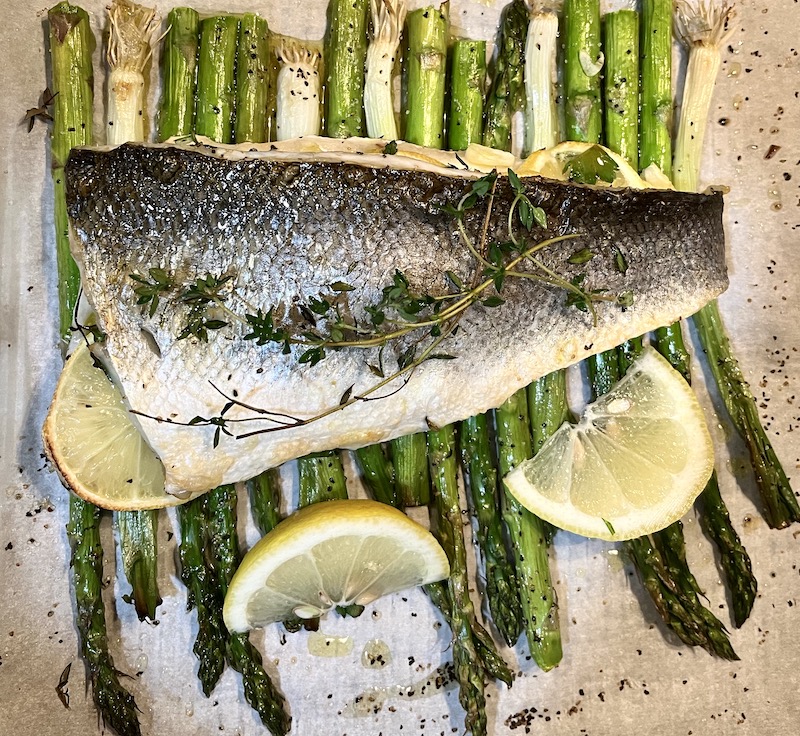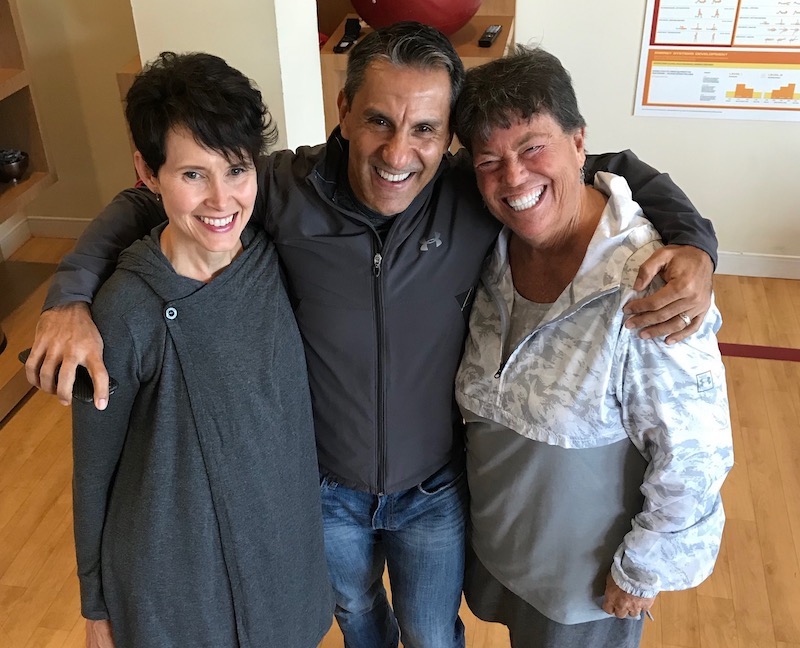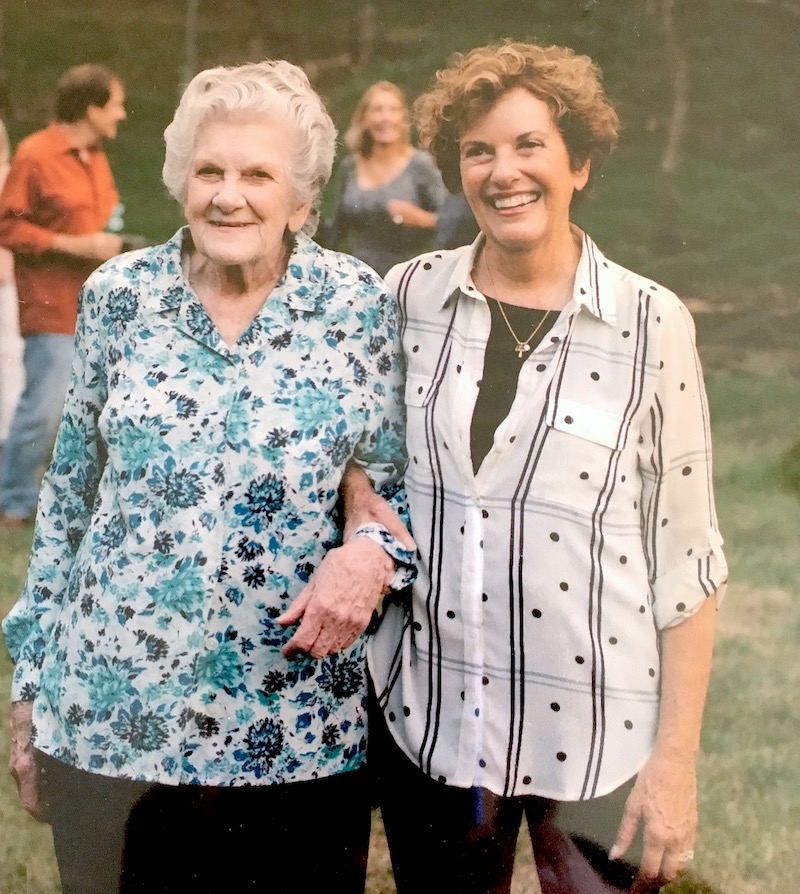Part Two: Preventing Pain and Injury While Running
[This is part two of three in the series on running tips that Julie McCan is presenting over 3 months].
CLICK HERE to see the first tip of this series.
When you first start running, you may experience some initial discomfort and pain with things like side stitches, blisters or chaffing. All of these can be annoying and possibly discourage you from continued running. Don’t quit yet, because there are things you can do to easily prevent these things.
Side Stitches
“A side stitch is a sharp, intense pain under the lower edge of the ribcage caused by a muscle spasm of the diaphragm. They’re common in novice runners who tend to breathe more quickly and shallow.”
I mentioned these in Part One of my series but it doesn’t hurt to discuss the treatment and prevention of this annoying and very uncomfortable pain again. The best prevention of side stitches requires just a few simple things; avoid eating within one hour of running, and make sure you are breathing through your mouth AND nose so you get a deep breathe from your stomach not just your chest (note: if you are running in cold weather, try breathing though a scarf or neck warmer).
Although there are some breathing techniques you can enlist if you get a side stitch while you are running, the easiest thing is to stop running and walk briskly while concentrating on deep breathing. You can continue running once it goes away.
Blisters
“While not a serious injury, blisters — those fluid-filled bubbles of skin on your feet — can be painful and keep you from running.” Preventing blisters from occurring requires the right sock and shoe. Buy socks that are specifically made for running. This alone with help ensure your feet don’t get too much moisture built up that can cause friction and lead to a blister. As for shoes, buy them 1/2 size large than you normally wear. This made a huge difference for me. When you run, your feet actually swell so you want to make sure you have enough room to prevent any rubbing that may lead to a blister.
Chaffing
“Chafing is caused by repeated motion — specifically, skin rubbing against loose fabric or other skin.” Again, prevention lies in wearing the right things — in this case, synthetic clothing — something that will wick away the moisture so it doesn’t get wet. In a long run, wet clothing will stay wet and rub on your skin, causing the discomfort of chaffing. You can also put vaseline or other types of chaffing cream on trouble areas.
Once you’ve been running for a while, you may start to experience more serious pain or even injury. Through my research on this topic, I have consistently found that “most common running injuries are due to overuse, overtraining, improper shoes, or a biomechanical flaw in body structure and motion.” From a biomechanical perspective, it is always best to go back to the basics of your posture (see Part One of this series) to ensure you are running with good form and technique. If you aren’t sure, have someone watch you or video you while running. You can also go to a specialty store to have your stride analyzed.
Christopher McDougall, author of the book, “Born to Run” started the barefoot running craze based on a lot of research and running experience. Whether you want to become a barefoot runner or not, he (and others I researched) give some great advice on how you can use running barefoot to help train your foot and your body to run more efficiently. Refer to the bottom of this article for the link to some great discussion and demonstration of these techniques.
That said, to make it easier for you to get some quick guidelines on injury prevention, I have provided the following from Christine Luff’s website www.running.about.com. These things will help ensure you can continue to run injury free.
Here’s How:
- Avoid the “terrible too’s”. Many running injuries are a result of overtraining: too much intensity, too many miles, too soon. It’s important to go easy when adding mileage or intensity to your training. You shouldn’t increase your weekly mileage by more than 10% each week. You can still push your limits, but you’ll have to take a gradual and patient approach. By building up slowly, you can save yourself pain and frustration, and still reach your goals. Let common sense and a smart training schedule determine how much you should be running. More: 10 Common Running Mistakes
- Treat your feet right. Be sure that your shoes aren’t worn out and that you have the right model for your feet and running style. The wrong shoe can actually aggravate existing problems, causing pain in your feet, legs, knees or hips. Wearing shoes that have lost their cushioning may also lead to injury. Go to a specialty running shop where you can be properly fitted for running shoes, and replace them every 350-500 miles. If you have a biomechanical problem with your feet, you may also look into getting fitted for heel lifts or orthotics.
- Find the right surface. Once you have the right shoes, you want to make sure you’re using them on the best surface. Ideally, you want the ground to absorb shock, rather than passing it along to your legs. Avoid concrete as much as possible: It’s about 10 times as hard as asphalt, and is a terrible surface for running. Try to find grass or dirt trails to run on, especially for your higher mileage runs. Consistency is important, too, because a sudden change to a new running surface can cause injuries. You’ll also want to avoid tight turns, so look for slow curves and straight paths. More: Where to Run
- Stay loose. A regular stretching program can go a long way toward injury prevention. Be diligent about stretching after your runs — your body will make you pay if you get lazy about it.
- Keep your balance. Injuries sometimes pop up when you’re paying too much attention to your running muscles and forgetting about the others. For example, knee injuries sometimes occur because running strengthens the back of your legs more than the front of your legs. Your relatively weak quads aren’t strong enough to keep your kneecap moving in its proper groove, which causes pain. However, once you strengthen your quads, the pain will often go away.
- Make sure you’re ready to return. To prevent re-injury, ease back into training with water running, cycling, or using an elliptical trainer. Overtraining is the number one cause of injuries, so try to remember that progress takes time.
Learn more about these common running injuries, their causes, and treatments, click on the links below.
http://running.about.com/od/commonrunninginjuries/tp/commoninjuries.htm
Ankle Sprains
Ankle sprains are often caused by the twisting or rolling of your ankle and result in swelling and pain above and around the ankle.
Black Toenails
Runners, especially those training for long-distance events, can suffer from black toenails, caused by the toes rubbing up against the front of the running shoe. A blood blister forms under the toenail and the nail eventually falls off.
Blisters
While not a serious injury, blisters — those fluid-filled bubbles of skin on your feet — can be painful and keep you from running.
Chafing
Chafing is caused by repeated motion — specifically, skin rubbing against loose fabric or other skin.
Illiotibial Band Syndrome
Marked by a sharp, burning knee or hip pain, Illiotibial Band Syndrome (ITBS) is a very common injury among runners.
Muscle Pulls or Strains
Muscle pulls and strains are common and annoying injuries for runners, marked by pain and tightness in the affected muscle.
Runner’s Knee
A common complaint among long-distance runners, runner’s knee feels like a soreness around and sometimes behind the kneecap.
Links to sources and information on barefoot running techniques:
http://www.youtube.com/watch?v=Jv7qqzqSZGI
Christopher McDougall’s interview:
http://www.youtube.com/watch?v=iIT7t2jtdP0&feature=fvw
Two good ones from Newton Running:
http://www.youtube.com/watch?v=cLnyUJpc-1o
http://www.youtube.com/watch?v=LFeInd14ctY&feature=related
Written by: Julie McCan, CPT Julie is on the www.GetYouInShape.com team of personal trainers. Get You In Shape has is a Fitness Company in the Dallas, TX area. Coppell boot camps, Dallas boot camps, private training, 24 Day Challenge, weight loss, sports performance and nutrition are the main services of Get You In Shape.



